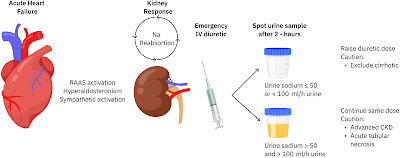A seminal paper in Lancet published in 2023 focuses on the immune response after pig-to-human kidney xenotransplantation. The study uses a comprehensive approach to characterize this response in detail.
Two pig kidney xenografts transplanted into deceased human recipients were thoroughly analyzed using various methods including morphological evaluation, immunophenotyping, gene expression profiling, digital spatial profiling, and cell deconvolution. The findings indicate early signs of antibody-mediated rejection, with evidence of microvascular inflammation, immune deposits, endothelial cell activation, and positive xeno-reactive crossmatches. The inflammation primarily consists of innate immune cells like CD68+, CD15+, and NKp46+ cells. Gene expression analysis reveals increased activation of various immune-related pathways, such as monocyte and macrophage activation, natural killer cell response, endothelial activation, complement activation, and T-cell development.
The injury associated with antibody-mediated rejection is concentrated in the glomeruli of the xenografts, with transcripts related to monocytes, macrophages, neutrophils, and natural killer cells being significantly enriched. This rejection pattern is distinct from control autografts and ischemia-reperfusion models. The study suggests that despite initial positive outcomes, antibody-mediated rejection might still be occurring in pig-to-human kidney xenografts. The findings highlight potential therapeutic targets to address the humoral aspect of rejection and improve the success of xenotransplantation.
Interestingly, in JAMA surgery, a case report is published at the same time. The paper presents a case involving a male individual in his 50s who was declared brain dead and had acute kidney injury on top of a history of chronic kidney disease (CKD) and hypertension. After all other organ donation options were exhausted, the individual received bilateral native nephrectomy and cessation of dialysis. Crossmatch-compatible xenotransplantation was performed using 10-gene-edited pig kidneys (UKidney). The pig kidneys were modified with 10 gene changes, including knockdowns, knockouts, and human transgene insertions. The recipient was treated with a complement inhibitor (anti-C5; eculizumab) prior to xenotransplantation, followed by standard induction therapy and maintenance immunosuppression. The pig kidneys were transplanted en bloc with their vasculature anastomosed to the recipient's arteries and veins, and the ureters connected to the recipient's bladder. The pig kidneys exhibited rapid function, producing significant amounts of urine within minutes of reperfusion, and urine concentration improved over time. Serum creatinine levels dropped significantly after xenotransplantation, and creatinine clearance improved as well.
Biopsies of the xenografts showed normal histology without evidence of thrombotic microangiopathy. The authors discuss that while this case series demonstrates the success of pig-to-human xenotransplantation in providing kidney function to a deceased individual with CKD, more research with living human recipients is needed to determine the long-term function of xenograft kidneys and their potential use as a solution for the organ shortage crisis. Although single case, it highlights the potential of xenotransplantation as a viable solution for addressing the shortage of organs, which results in preventable deaths annually.

